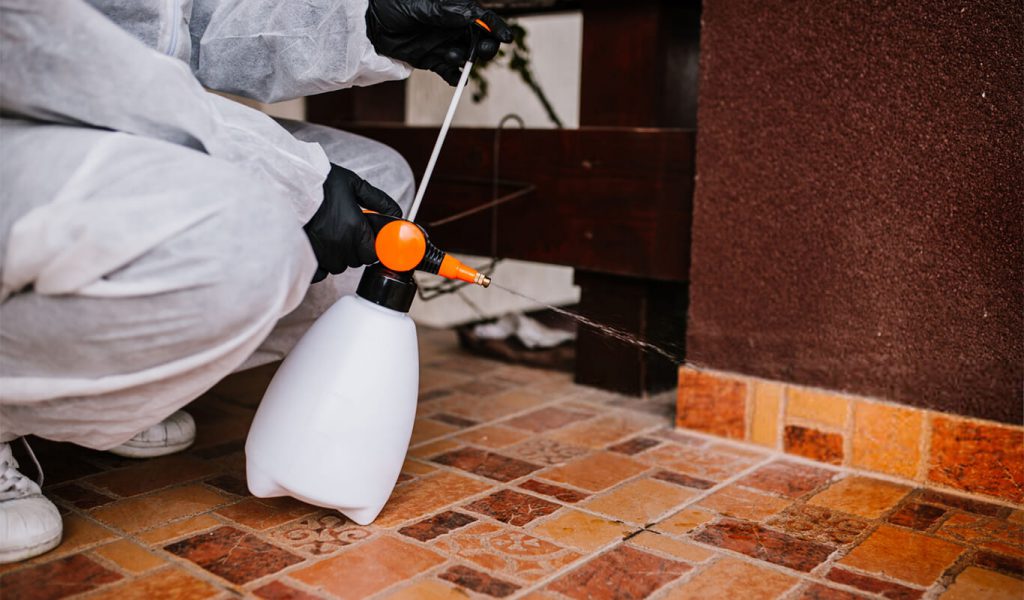If you live in Arizona, you know how bad a pest infestation can get in the summertime. It’s not uncommon for homeowners to have a recurring pest issue at the same time every year. But how can you tell when it’s time to take action? Infestations can lead to health problems, damage to buildings, and even legal liability for business owners or those looking to sell their homes.
It is essential to act quickly when faced with a pest infestation in order to maintain the comfort and safety of your home or business. In this blog, your friends at Victory Pest Defense will guide you in recognizing warning signs of a pest infestation, such as property damage and insect sightings, equipping you with the necessary knowledge to respond effectively.
Unusual Noises And Odors
Here are some initial signs of a potential pest infestation that you should be aware of:
- New, Stinky Odors – Take a deep breath and smell for musty, ammonia scents. If you can smell a gross smell that you don’t recognize, that could be a lead for a pest investigation. Either that, or it’s time to clean that cat’s litter box.
- Weird Sounds Late at Night – Listen up for scratching, squeaking, or scampering sounds late at night. If you’re quiet and careful, the sounds might lead you to the source of the infestation!
- Physical Evidence of Pests – Being vigilant is key in spotting droppings, shed skins, egg casings, or gnaw marks on furniture and wiring. These signs, along with visible trails or grease marks along walls, are clear indications of an active insect or pest infestation in your home.
Don’t ignore intermittent warning signs of an infestation. If you notice any of these indicators, it is essential to take immediate measures to protect your home from unwelcome pests.
Visible Damage To Property And Furniture
During your pest inspection, pay close attention to any visible damage on the structure of the building, furniture, and personal belongings. Here are some things to look out for:
- Entry Points – Many pests are phenomenal at finding hidden entry points into homes that you’re usually unaware of. Keep an eye out for potential damage in your home that could create entry points and promptly address any damage. Look out for cracked foundations or damaged siding, first and foremost.
- Outdoor Clues – Your lawn or garden can also provide evidence if you know what to look for. Small holes in the soil could indicate the presence of termites or hornets, and wasp nests may be forming under gutters or window sills. Keep an eye out for gnawed wood, as this could be a sign of termites or carpenter bees.
- Indoor Warning Signs – Different pests leave distinct traces indoors. Gnaw marks on furniture or baseboards, especially along pathways, are often a sign of rodents, requiring immediate rodent control measures.
Looking for grease marks and tracks along walls with a UV light can also help map out the routes that pests take within your home. For those with a good amount of wood in their home, lookout for potential termite signifiers: mud tubes on exterior walls or small piles of sawdust in the corners of your home can be signs of termite activity.
Droppings And Nesting Materials
Another obvious sign of a pest problem is finding their droppings in corners and crevices. Here’s what you should be on the lookout for:
- Droppings – These signs vary depending on the type of pest involved. For example, termite frass is tiny, hexagonal capsules, while mouse droppings are small, dark pellets. Rat droppings, which are slightly larger and pointed, are usually found near food sources. Cockroach droppings appear as small, dark brown or black specks, sometimes with an oily surface and ridged outlines.
- Nesting Materials – Pests often make nests using materials such as fabric, decaying plants, or paper, making these areas a haven for insect activity. Rodents may also use insulation or wiring to create their nests.
- Urine Stains and Grease Marks – Using a UV light is an effective way to identify urine stains from pests and grease marks left behind as they brush against surfaces. Check floors, cabinets, and under furniture.
Victory Pest Defense is here to assist in protecting your Arizona home or business from pest infestations. Contact us today for a free quote!
Conclusion
Being proactive in creating a pest-free home or business requires constant vigilance and sometimes the expertise of pest control specialists. If your Arizona property becomes a haven for unwelcome guests, Victory Pest Defense is here to help you fight against infestations. Schedule an appointment with our skilled pest technicians today!
